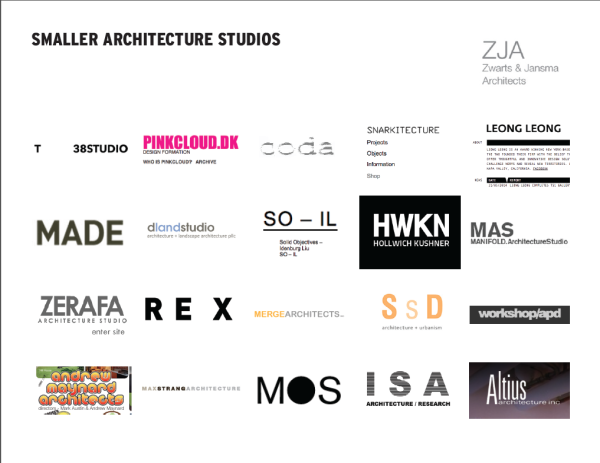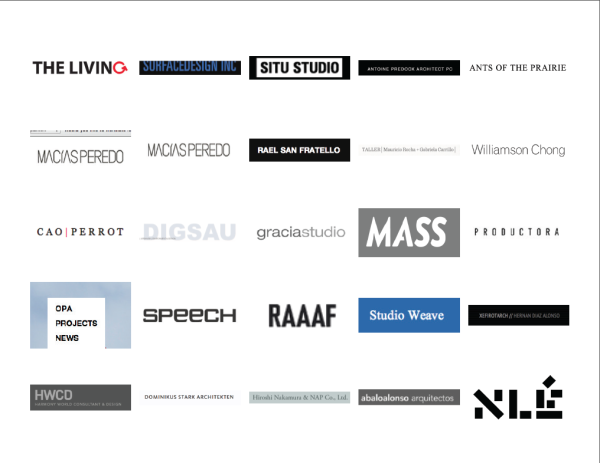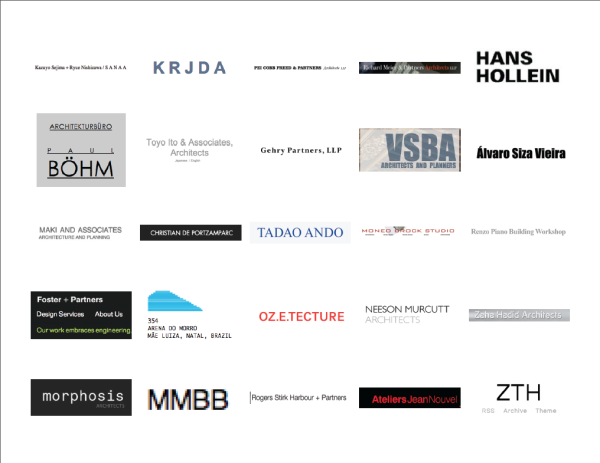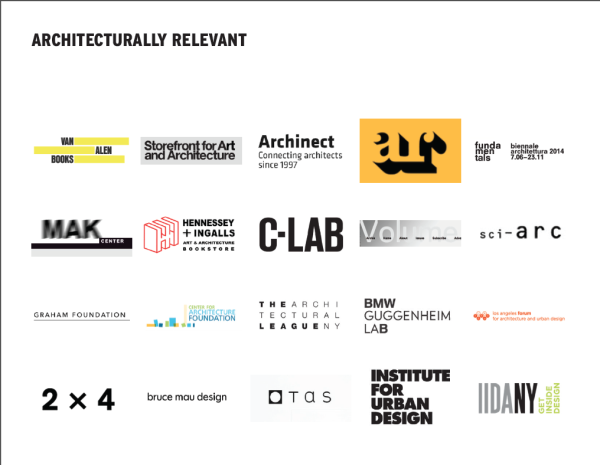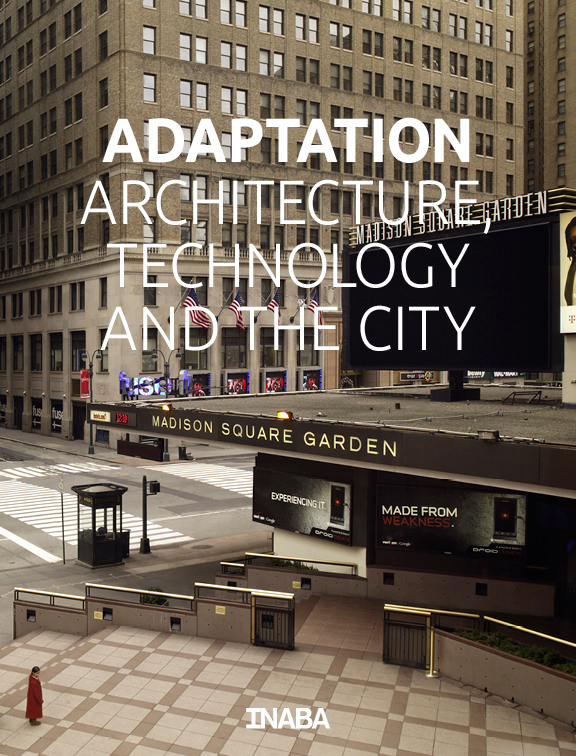Three Interactive Modes in the Bathroom
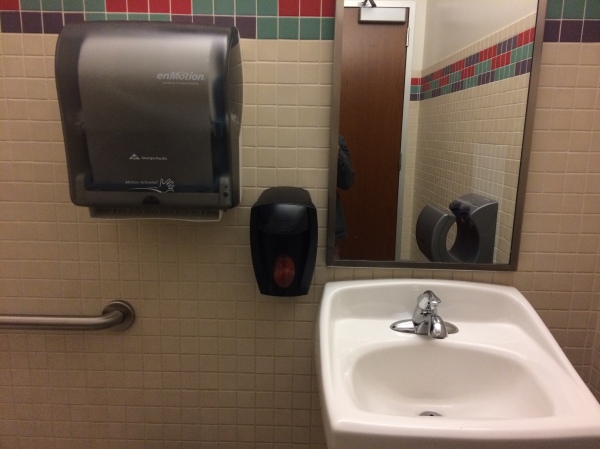
The new bathroom selfie! Such a succinct collection of built interactivity, from left to right: sensor-based/just wave hands under (towel dispenser); manual input with some sort of digital assist/push (soap dispenser); completely manual input/output (sink).
UPDATE: just realized there is a fourth example in the mirror reflection, the hand dryer, which is the same as the towel dispenser: sensor-based.
Bikes vs. Cars: Storage
What’s interesting about biking vs. traveling by car is storage. Lockers, cubbies and easily rentable/loanable stuff is the hallmark of a pedestrian/bike culture; car culture means people can arrive to a place with just their keys and phone and a wallet in their hand.
I’m really interested in this. It’s actually one of the biggest boons to me when driving: feeling light and easy and having all the STUFF in the car, rather than on my person. When I am biking I come encumbered. Things that make my life easier include space for me to leave my stuff safely once in a space (I really dislike lumbering through art galleries with a backpack, and don’t even get me started on carrying panniers) and rentable stuff.
For example, though I am pretty sure Stronghold Climbing Gym did not do this out of urbanist principles, they rent gear out to members for free, which makes biking there a lot more manageable on some days — don’t need to haul my stuff around to avoid paying $5 or whatever.
By contrast, my yoga place charges $2 for yoga mat rental — which, to be clear, is totally fair — but biking around all day with a yoga mat becomes a serious inconvenience. Actually, when I think of it, some yoga places in Boston and New York would allow members to store yoga mats in house for free.
Of course, the biggest thing is just culture. It’s one thing to arrive to a place with multiple bags and be seen as a bulky weirdo (am I projecting too much?) or, if you’re in a store, as a hazard, or even, possibly, a thief. (Less of an issue for me than for my men/minority friends; I’m a white, if bizarre-looking, lady and as I age, I get more and more harmless-looking, which has been quite useful.) In New York + Paris + other cities (why Paris pops up for me is a serious aside), this is just a part of normal every day life: the part of being a human with several places to go in the world.
So it’s interesting; it’s definitely a THING, which impacts my life, and in fact even sometimes influences my decision as to whether I should bike or drive. But unclear if there’s anything to be done about it or if amenities only arrive when needed.
I haven’t blogged here for a while, but it’s time.
I want to start exploring the space of design, UX and the built environment.
The truth is, it’s a space I have explored ever since working on Adaptation: Architecture, Technology and the City. Adaptation made clear that many of the promises of the tech future were not exactly coming true or playing out completely differently when it came to actual buildings, infrastructure and even space. It’s a fascinating topic–thinking about how the inevitable integration of tech into everything will work from a user experience / design perspective.
So far, what’s clear to me — and this is essentially what we posited in Adaptation — is that technology moves so much faster than building actual things — especially ones as involved as buildings, roads, the city, etc. — that it feels like there will always be an inevitable disconnect between tech and the built environment. There’s this constant catch up on the part of architecture to adapt to the changing abilities of tech. How can an architect build a beautiful living room with a space for a wide screen TV if next year’s TVs will be even larger, or, god forbid curved?
The second part of this is that troubleshooting technology is different than spatial troubleshooting; think of how many lobbies you’ve been in with fancy screens that are stuck on the login screen or the frustration of sitting in a room with motion detector lights which constantly goes black because you’ve been sitting too still.
Another point that arises is that tech is owned by companies out to make a profit; how does this square with tech integration into public spaces? Are cities forever locked into service/data contracts with companies whose tech is embedded into roads, plazas, urban networks? Who owns the data? Is it publicly available? Etc. etc.
So those are some interesting things that come up for me when I think of UX and the built environment; from a meta point of view, the other interesting point is that there aren’t a ton of places doing research into this / thinking about it. Even naming is tricky; I always use the somewhat clunky “UX and the built environment.” An EU-funded project uses the term UrbanIxD, which is pretty good, if completely unknown. Urban Interaction Design is pretty good + succinct as well. I’m actively interested in collecting more examples of places that are addressing this head on — please send me examples if you have them!
Working Timeline of the LA Mural History
- 1910-1917 Mexican Revolution
- 1913 Earliest mural according to Street Gallery (TV-stereo storefront, interior, 217 w. 6th St)
- 1920s José Vasconcelos, Secretary of Public Education, Mexico aims to educate public through murals. Siqueiros, Rivera and José Orozco work there.
- 1923 Siquieros helps found Syndicate of Revolutionary Mexican Painters, Sculptors and Engravers. Publish a manifesto for collective art.
- 1927 Orozco moves to United States
- 1930s Siquieros exiled
- 1932 America Tropical: Olvera Street mural by David Alfaro Siqueiros
- 1933-1943 New Deal/WPA funds about 50 murals in Los Angeles area
petrochrome technique developed - 1938 America Tropical completely whitewashed
- 1949 Golden State Mutual Life Insurance Company murals (by Charles Alston and Hale A. Woodruff)
- 1952-1979 Millard Sheets oversees Home Savings and Loans architecturals and murals
- 1967 The Wall of Respect, organized by William Walker, Chicago, considered first community mural in the United States
- 1968 Cityarts, NYC. Artists and community orgs begin to cooperate in structured way
- 1968 America Tropical: Jesus Trevino makes a documentary about it
- 1969 Chaz Bojorquez begins to write cholo-style graffiti as art in LA
- 1969-1974 LA Fine Arts Squad (Terry Schoonhoven, Victor Henderson, Jim Frazen, Leonard Koren) , active in Venice
- 1971 City money used to develop murals through neighborhood youth programs
- 1973 Comprehensive Employment and Training Act (CETA) signed into law by Nixon. Funds artist community to contribute to Great Wall
- 1974 Los Four Exhibit, LACMA
- 1974 Citywide Murals Program
started by General Manager of the Department of Recreation and Parks, Sy Greben, after he sees the work of Judith Baca is Director - 1974-1983 Great Wall production
- 1975 Street Writers. Transcribed audio tour of East Los Angeles graffiti in the early 1970’s by Chaz Bojorquez + Italian photographer Gusmano Cesaretti. A pioneer book in the Chicano and Graffiti culture.
- 1976 National Murals Conference, NYC. first gathering. >150 muralists
- 1976 Baca forms SPARC with Donna Deitch + Christina Schlesinger
- 1977 America Tropical: Jean Bruce Poole, Shifra Goldman, and Trevino work to get the condition of the mural reassessed
- 1978 America Tropical: The 1st protective shelter for the mural goes up
- 1980 California Art Preservation Act requires owners of artworks to give artists 30 days’ notice to remove their works before they are destroyed
- 1983 Style Wars. Seminal documentary on hip hop culture, including graffiti
- 1984 Subway Art. Documents early NYC graffiti scene.
- 1988 America Tropical: Conservation begun
- 1984 Olympics in Los Angeles; Los Angeles Olympic Arts Festival; Olympic Freeway Mural Project. “For those living in parts of town with few neighborhood murals, those on the freeways were an eye-opener.” – Street Gallery
- 1986 City addresses murals in regulations. Defines them as “mural signs” but exempted them from new billboard regulations
- 1986 Twitchell’s Old Woman of the Freeway painted over for billboard ads; KT gets $175,000 gets settlement
- 1987 Mural Conservancy of Los Angeles formed
- 1989 Metro begins funding public art in its stations. 0.5% of new rail’s construction costs are set aside for funding public art
- 1990 City was sued by the advertising industry that it was unfairly privileging murals over advertising
- 1990 Percent for Public Art launched in LA. One percent of all capital improvement costs to commission public artwork
- 1990 Venice Pavilion, site or murals, turned over to graffiti writers and becomes “Graffiti Pit”
- 1991 Getty and Los Angeles Cultural Affairs Department sponsor all-day conference: “Street Art/Graffiti Vandalism”
- 1992 Long Beach Parks and Recreation and Summer Youth Employment Training hires 80 youth to create portable murals to exhibit around the cities
- 1997 17 crews of writers paricipate in all-day restoration of the Graffiti Pit at Venice Beach. Organized by SPARC
- 2002 City-wide moratorium on both ads and murals (in response to 1990 suit/to avoid costly suits)
- 2006, Kent Twitchell settles with government and other defendents for the painting over of the 70 foot “Ed Ruscha Monument”; gets 1.1 million
- 2011 Caltrans starts showcasing murals in banner form near original locations on the 110 Freeway
- 2011 Art in the Streets, show on street art at MOCA
- 2011 LA Freewalls Project
- 2011 Pacific Standard Time showcases many murals
- 2012 America Tropical once again accessible to public
- 2013 Mural Ordinance passes
Architecture Branding — Overview
While researching for an architecture branding project, I compiled a PDF of architecture logos. It was a great resource to have while discussing with clients what they wanted, so I wanted to share. Screenshots below, and here’s a PDF. 